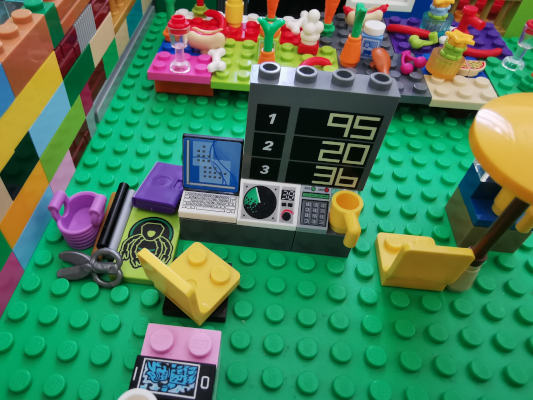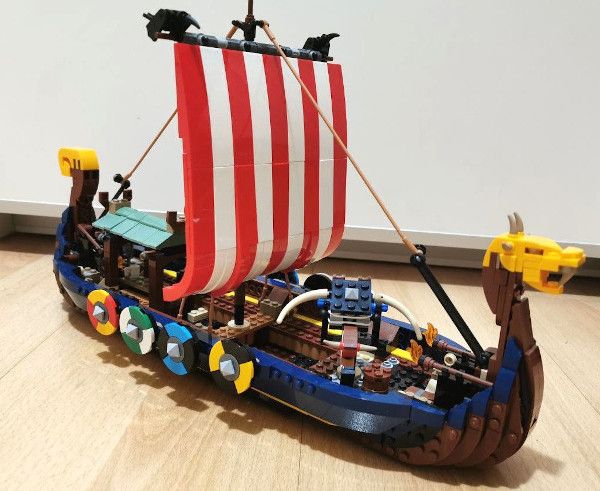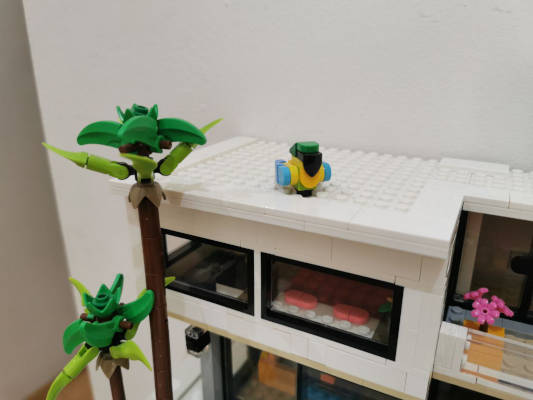-
How to resize a soft RAID using mdadm (by replacing the old disks)
15 min read

If you have a linux software RAID (in this case RAID 5) and you want to resize it, you can do it by replacing underlying disks with larger ones. This is a step-by-step guide on how to do it without loosing data and without having to copy data across.
14/04/2025
Read more... -
SMART Log Decoder (both Seagate and non-Seagate)
6 min read

On Seagate disks, the SMART attributes are often encoded in a way that requires special handling, such as Raw_Read_Error_Rate and Seek_Error_Rate. This tool helps decode and interpret those attributes for better understanding of the drive's health.
11/04/2025
Read more... -
Installing Linkerd with Helm
6 min read

Linkerd is a service mesh that provides observability, reliability, and security for your Kubernetes applications. We can choose to install Linkerd using helm or it's linkerd CLI tool, which is a more hands-on way of achieving the same.
Since in the linkerd documentations is explicitly recommending to use helm for production environments, we are going to do exactly that.
19/03/2025
Read more... -
Argo Rollouts: Canary deployments
7 min read

A canary deployment is a technique to reduce the risk of introducing a new version of a software application in production by slowly rolling out the change to a small subset of users before rolling it out to the entire infrastructure. If any issue is detected on the "canary", the deployment can be stopped, and the rest of the users won't be affected. With Argo Rollouts, we can easily implement this strategy.
18/03/2025
Read more... -
Argo Rollouts: Blue-Green deployments
8 min read

Argo Rollouts is a Kubernetes controller and set of CRDs for progressive delivery. It can be used to orchestrate blue-green deployments, canary releases, and rollouts. We are going to take a look at how to use Argo Rollouts to perform a blue-green deployment.
17/03/2025
Read more...